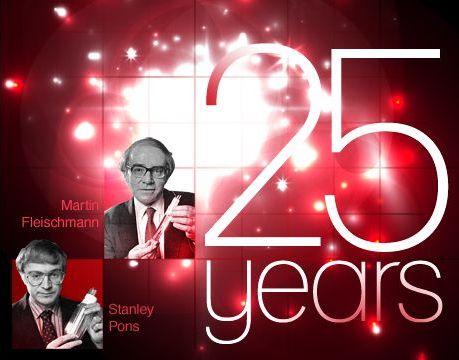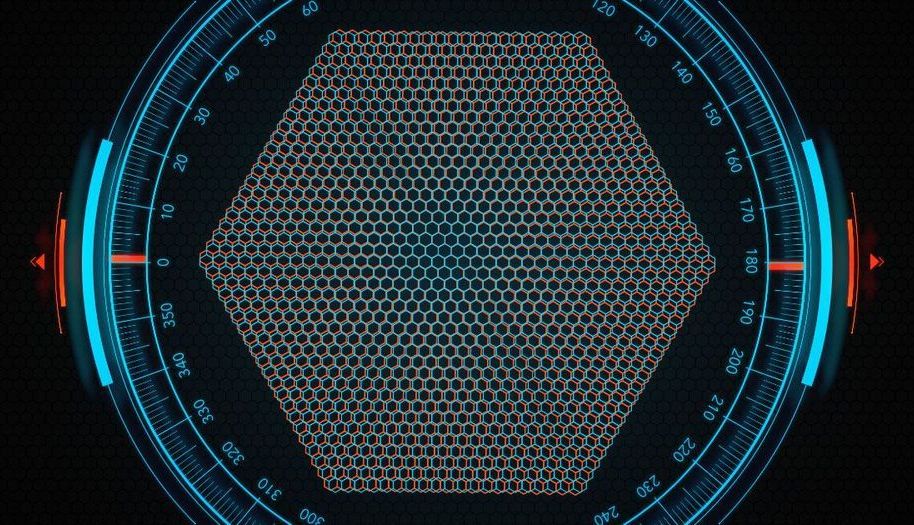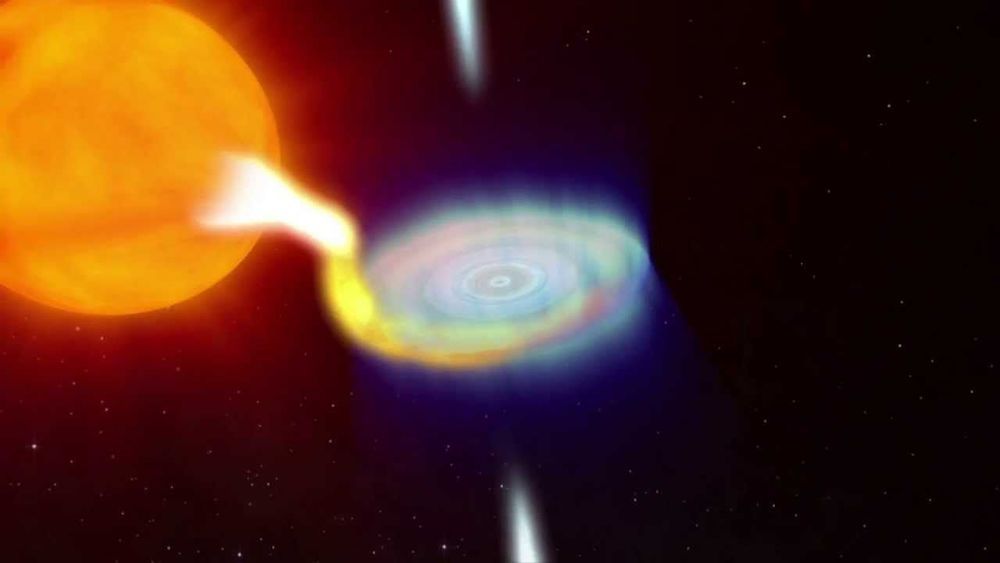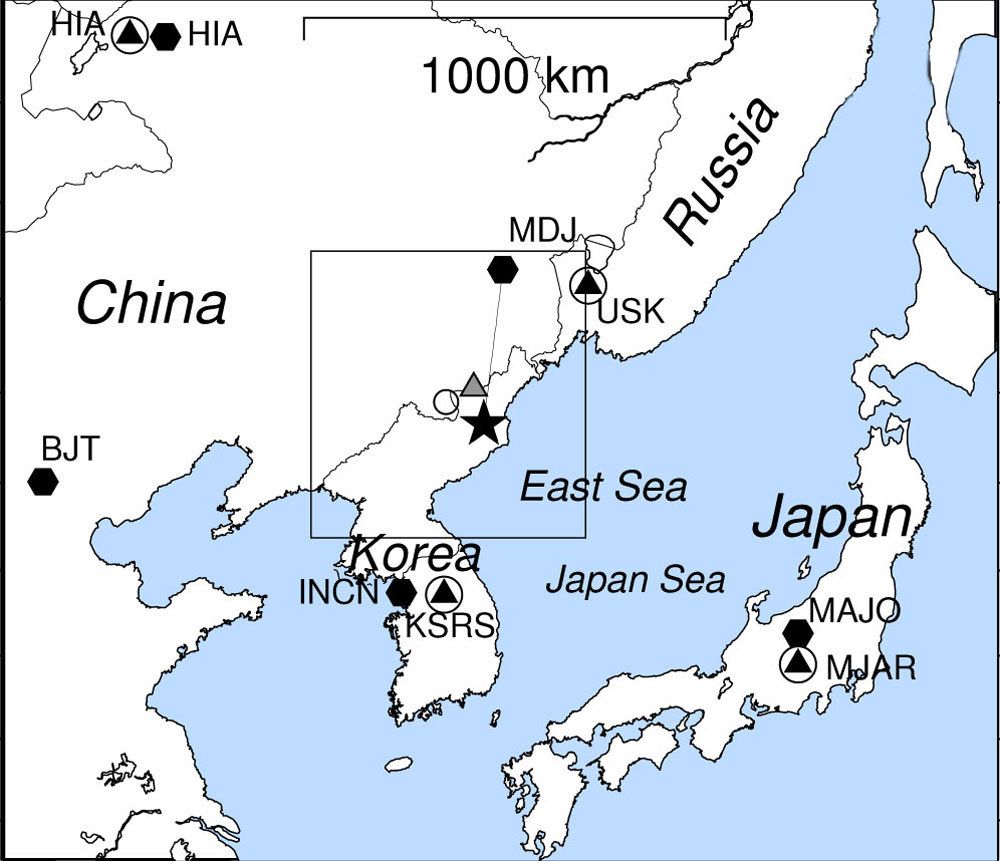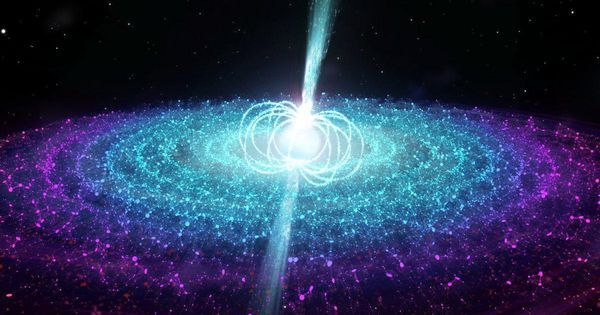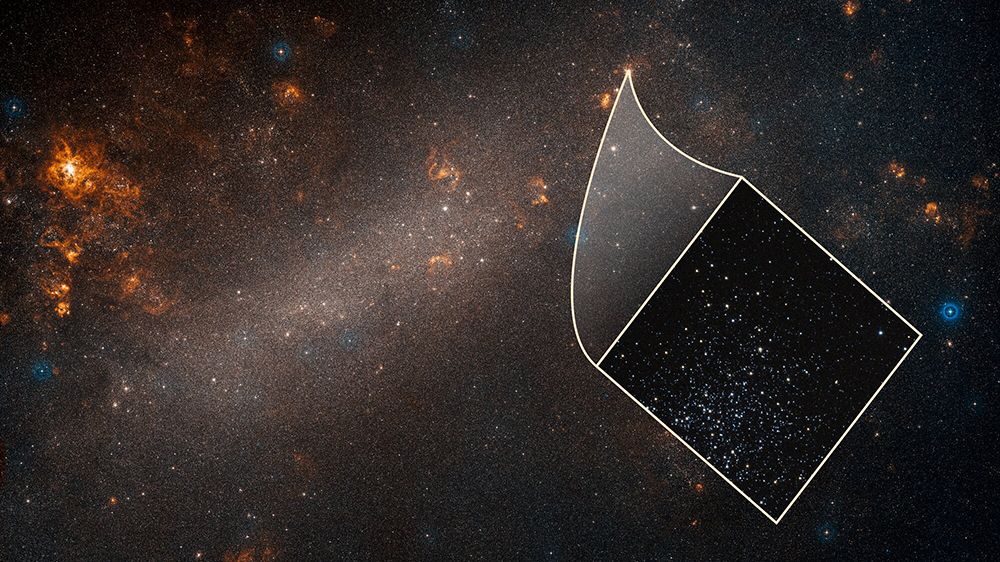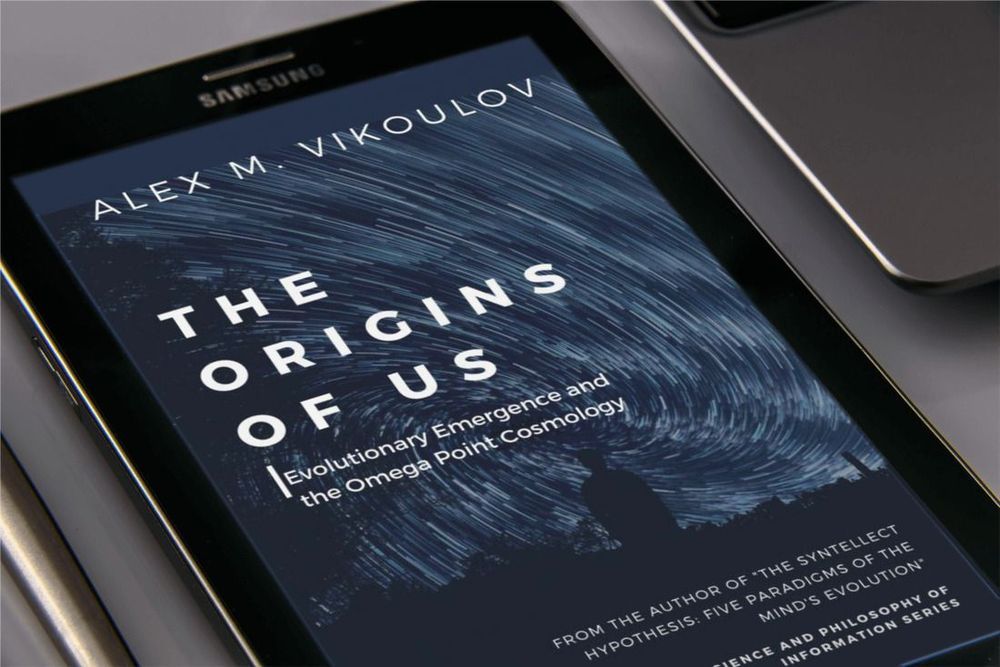Scientists discover source of clean, unlimited energy! In March 1989, the news rocked the world. Two respected chemists from the University of Utah: Martin Fleischmann and Stanley Pons, told a receptive media they had solved the biggest physics problem of the atomic age. Their compelling claims of room-temperature nuclear fusion in a jar were cast as the solution to the world’s colliding environmental and energy crises.
The meltdown hit just weeks later when the claim was nuked by mainstream scientists who couldn’t reproduce their results and were unsatisfied with the team’s explanations. The cold fusion field has been on ice ever since. Whether considered a scandal, a screw-up, or a scientific character assassination by hot fusion advocates, the cold fusion episode is a case study for those who caution against the “science of wishful thinking.”
On the 25th anniversary of the rise and fall of cold fusion, its close cousin, low-energy nuclear reaction (LENR) science, is still on the fringe but simmering anew. Here’s a look back and a look ahead at a field that always gets a reaction.
